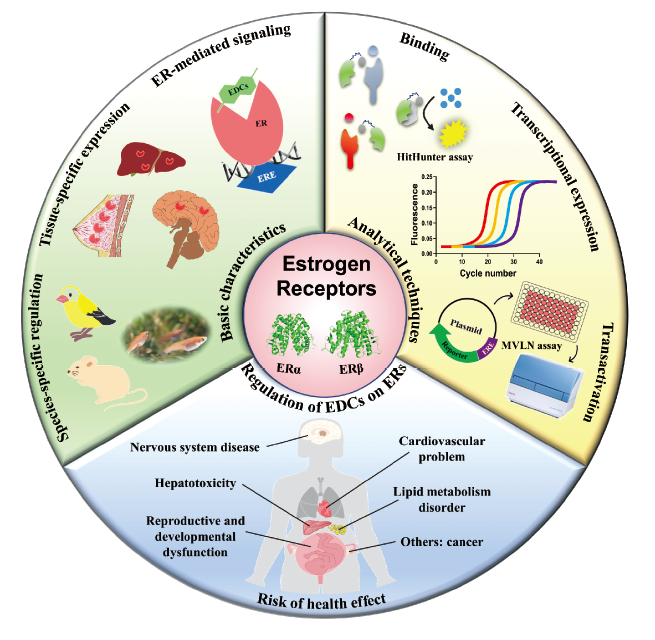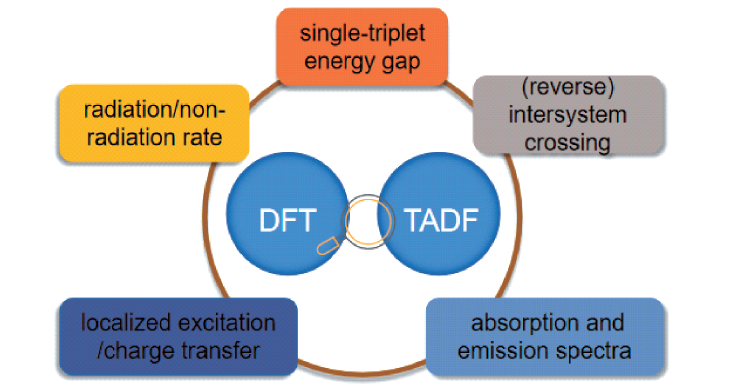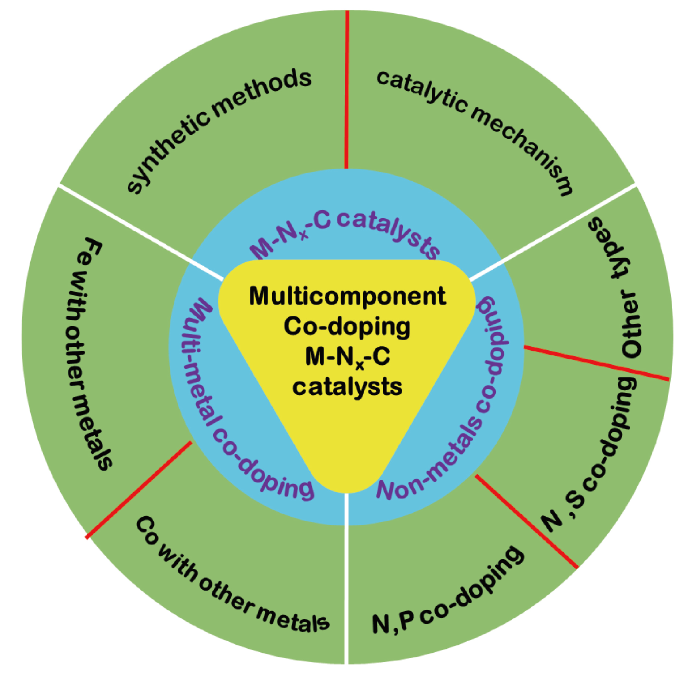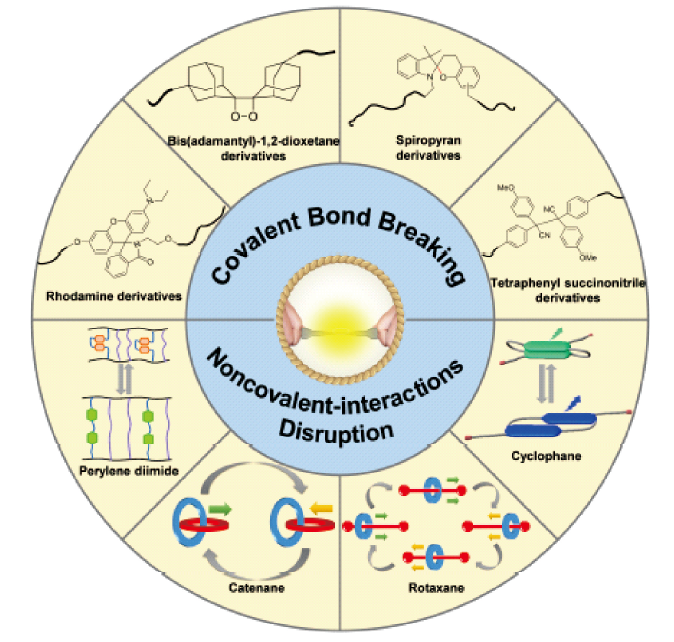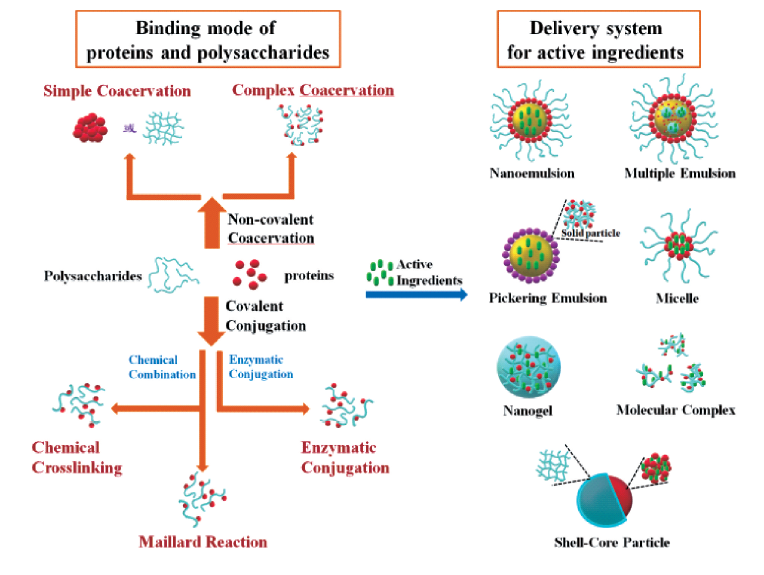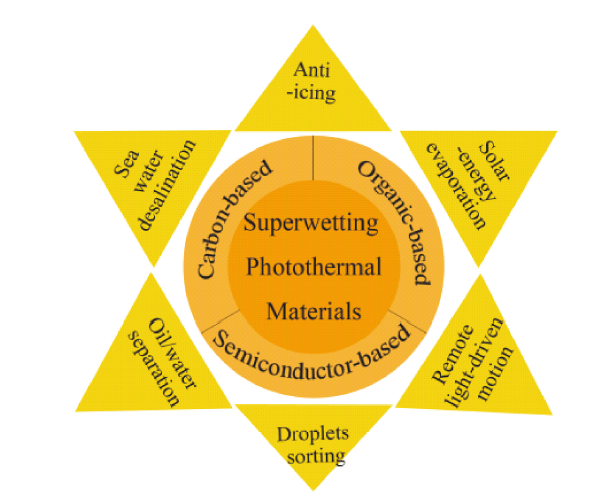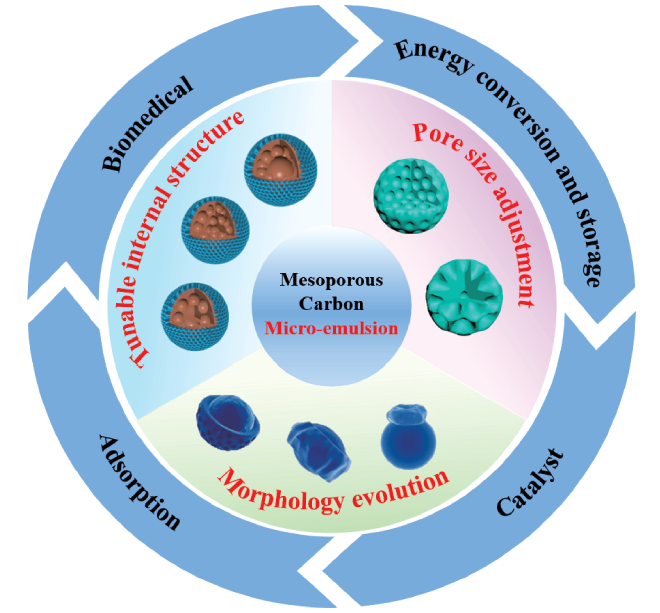Ren Zhihua, Yang Xiaoxi, Sun Zhendong, Ren Jing, Sang Nan, Zhou Qunfang, Jiang Guibin. Regulation of Environmental Endocrine Disrupting Chemicals on the Expressions and Transactivation of Estrogen Receptors and the Related Analytical Techniques[J]. Progress in Chemistry, 2022, 34(10): 2121-2133.
An increasing number of chemicals with endocrine disrupting effects, such as environmental endocrine disrupting chemicals (EDCs), have been emerging in the environment. Diverse molecules, such as natural chemicals existing in food and synthetic chemicals used in daily products, are identified as endocrine disruptors. With the inevitable release of EDCs, these chemicals are found to be distributed in various environmental matrixes including water, soil and sediments, posing a threat to wildlife and humans. The universal contamination of EDCs may disturb the endocrine system of the wildlife and human beings, potentially causing toxicological effects on multiple targets, like cardiovascular, reproductive and nervous systems, and probably inducing the incidence of metabolic syndrome, obesity, neurological disorder, reproductive and developmental toxicity, and even cancer. Among investigations about mechanisms underlying endocrine disrupting effect, the estrogen receptors (ERs) mediated pathway is one of the hotly-discussed aspects in EDC studies. In this review, the basic characteristics of ERs, analytical techniques for ERs expression and transactivation, and biological significance of EDCs via the regulation of ERs in different organisms were systemically introduced, intending to provide promising strategies for screening the endocrine disrupting effects of emerging chemicals of concern and evaluating their hazardous risks from the aspects of ERs agonistic and antagonistic activities.










